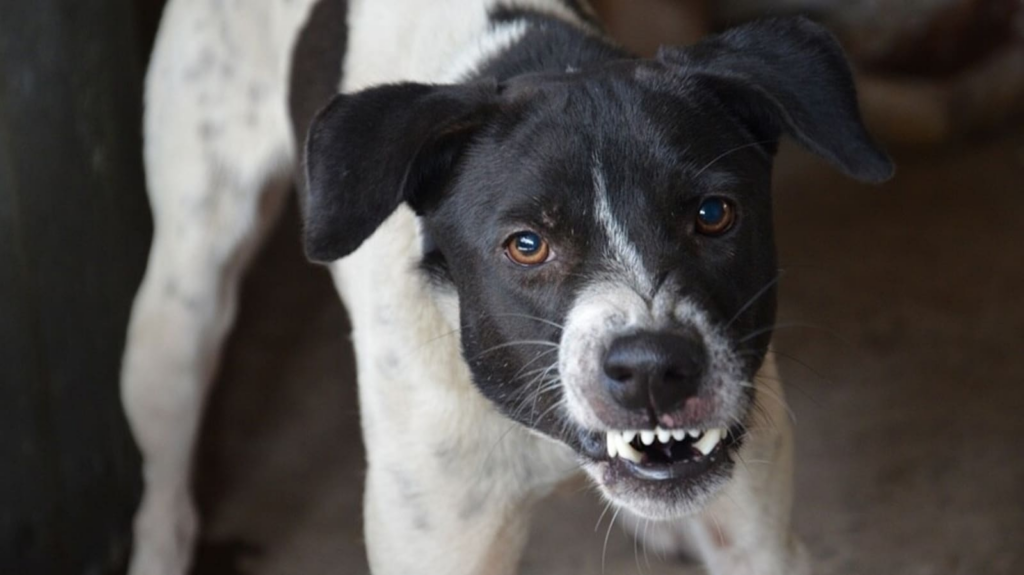Subscribe Now! Get features like
Dog bite cases have been on rise across the country in recent years and this has also brought attention of the need for training dogs right from their young days. While the onus is on pet parents to ensure vaccination and training of their dogs, there is also a need to sensitise people and encourage them to learn more about canine body language and understand early signs of aggression that can prevent bite and injury. (Also read: Leaving your dog inside a locked car can be dangerous; what you should do)
Biting people is the extreme measure dogs have to resort to when they are unable to handle a perceived stress or threat and do it as a self-protection. Many people wonder how to recognise these signs as to prevent facing aggression from dogs.
Dr Kate Mornement, Ph.D, CAAB – Animal Behaviourist in a recent Instagram post talks about the subtle signs that show a dog is uncomfortable, anxious, or fearful, before it moves to the next step and turns aggressive.
“Dogs exhibit aggression when they feel stressed, fearful or anxious about a particular thing or situation. The purpose of showing aggression is to delay or prevent something perceived as unpleasant from happening or to increase distance between the dog and the perceived threat. It’s part of a “fight, flight or freeze” response,” says Dr Mornement.
“Dogs can feel scared or anxious about lots of different things depending on their unique socialisation and learning history and past experiences. Some common things that can cause fear and anxiety in dogs include unfamiliar dogs and people, children, inanimate objects (e.g. cars, vacuum cleaner, lawn mower), joggers, cyclists, skateboards, loud noises and vet visits,” adds the pet behaviourist.
Dogs typically show subtle signs of fear, anxiety or discomfort which are precursors to more obvious signs of aggression, such as growling, snapping or biting.
“Dogs communicate their discomfort with a situation and a desire to end an interaction by using visual cues. It’s important to recognise these early signs of aggression to prevent bite and injury. The subtle signs are blinking, lip-licking, yawning, turning their head away, turning their body away, walking away,” says Dr Mornement.
“There are the signs that dogs will show when they are uncomfortable or stressed and we have to recognise these signs and help alleviate that fear, anxiety or stress to avoid our dogs showing serious signs of aggression like biting and snapping. So be aware of your dog’s body language and help them out when they are feeling fearful or anxious,” says the pet expert.
“People in general are not very good at reading or even noticing these early signs. Because they are missed and ineffective, dogs often resort to the more obvious signs. We need to recognise and respond to the early signs of discomfort, fear or anxiety so that our dogs don’t feel they need to resort to increased levels of aggression in an attempt to relieve their fear/anxiety. More importantly, we need to determine what the triggers are and use a combination of good management and behaviour modification training to change our dog’s emotional response to the triggers from a negative association to a positive or neutral one. Once we do this successfully, the dog no longer feels scared or anxious in the presence of the trigger and, as a consequence, is much less likely to show signs of discomfort or aggression,” concludes Dr Mornement.

